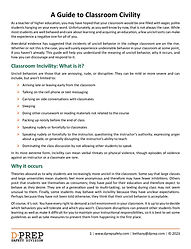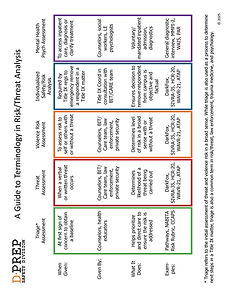top of page

Resources
That password is incorrect. Please try again.
Our Team

Chris Taylor, PhD
InterACTT

Amy Murphy, PhD
Angelo State University

Allison Frost
Affiliated Consultant

Bethany Smith
Director of Safety

Brian Van Brunt, EdD
Director of Behavior & Threat Management
AWARE TEAM TRAINING SURVEY
DPrep Safety has been contracted to provide training for Ivy Tech's Aware Teams. We are committed to making all of our training relevant to the work you do and tailored to the needs of your institution. To that end, we ask that you complete this short survey to allow us to take your needs into consideration while building the program.





bottom of page






































































